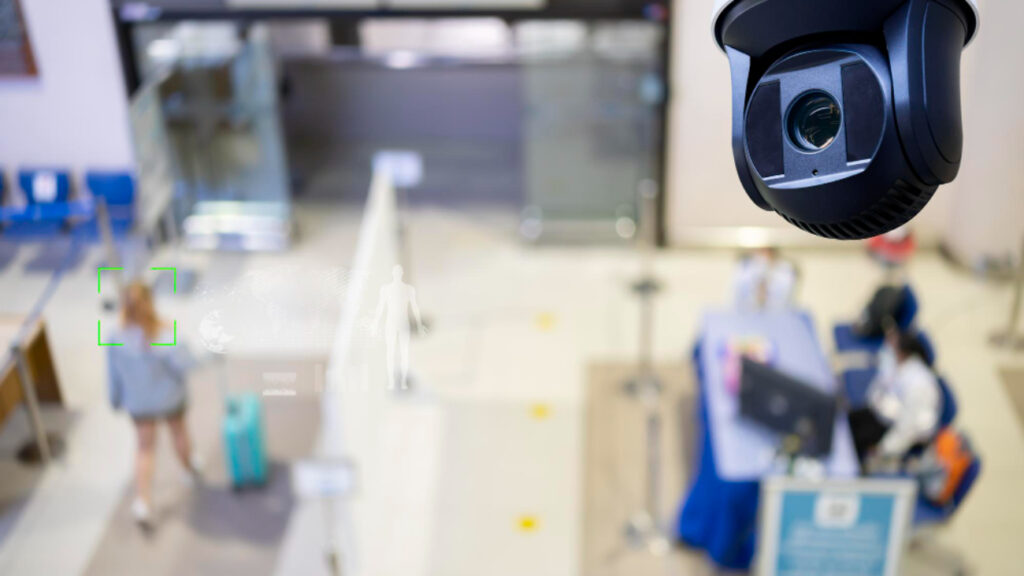Voice biometrics allows businesses to authenticate people using voice commands observed Bahaa Abdul Hadi. It is a simple and effective way of authentication that is becoming popular. If you plan to implement voice biometrics, it is important to plan it the right well. To help you, we list out the best practices to follow.
Best practices for building an effective voice biometric system
Voice biometrics uses the voice of humans to identify and authenticate them. Banks, finance companies, and many other firms are using voice biometrics since it simple and secure. If you are planning to implement voice biometrics, here are some best practices to follow.
1) List our your objectives
The first step is to list out your business objectives. The objectives can be defined based on how you think voice biometrics will solve problems you are facing.
2) Identify stakeholders
You need to identify the stakeholders in the process. They include your IT team members, security team, and the customer service team who interact with customers. It is essential to involve all the stakeholders in the process.
3) Know the use cases
You must list out the use cases for the voice biometric authentication system. Both active and passive authentication is possible, and you must determine which you will use. Keep in mind factors like the environment in which the users work and the channel used for contact.
4) Enrolling users – the process
A key step is the process of enrolling users. The voice biometric samples of users need to be stored. It is an important step to create the database for authentication. You must inform and educate them on the importance of enrolling their voices. If you are using active voice authentication, you must inform them on how it works. Consent of users is essential before you take their voice samples.
5) Plan the devices and languages
In case you operate in multiple countries, you may have to consider voice authentication in different languages. Next, you need to work out how the voice authentication will be done and what devices will be used. Users may use the telephone, a mobile phone, or even wearables. Your system must accommodate all these devices.
6) Where will it be deployed?
You can deploy the system on a local server or on the cloud. You need to plan this keeping in mind various factors. It is also important to decide how long the user voice samples will be stored. Processes related to backup also must be decided.
Thank you for your interest in Bahaa Abdul Hadi blogs. For more information, please stay tuned to www.bahaaabdulhadi.com







